Art World
A New Exhibition Gets at the Truth Behind the Salem Witch Trials. In Some Ways, It’s Scarier Than the Lore
The Peabody Essex Museum's show reveals chilling primary documents and draws eerie parallels with our current cultural moment.
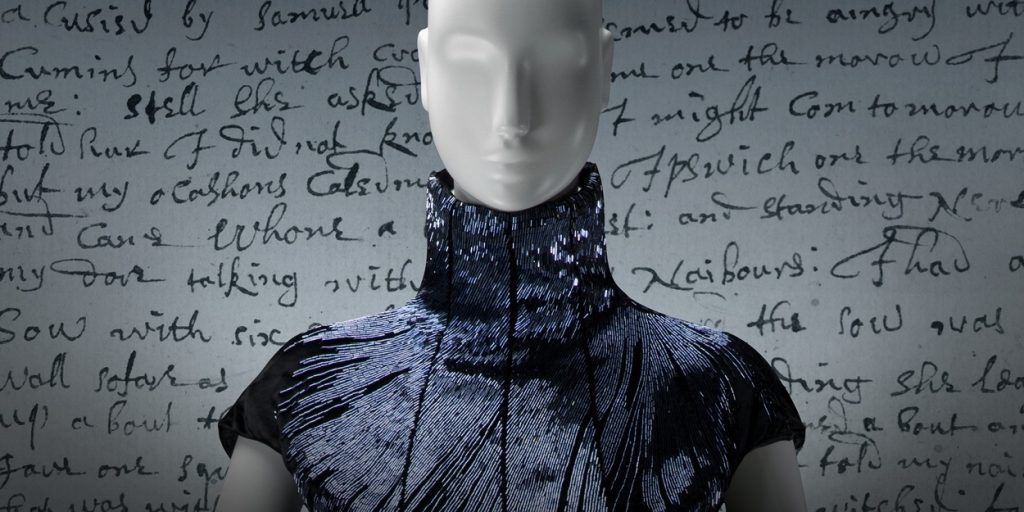
The Peabody Essex Museum's show reveals chilling primary documents and draws eerie parallels with our current cultural moment.

Katie White

It is among the darker chapters in American colonial history: In the spring of 1692, three girls in Salem, Massachusetts, came forward claiming to be possessed by the devil and accused several local women of witchcraft against them. The accusations unleashed waves of panic in the Puritanical colonial society, and in a few short months, more than 200 people would stand accused. Five men and 16 women would be wrongly hanged.
Even 300 years on, the Salem witch trials retain their grip on the popular imagination. A new exhibition, “The Salem Witch Trials: Reckoning and Reclaiming,” at the Peabody Essex Museum in Salem, is taking a closer look at this often-sensationalized period to see how these events unfolded in real life, through contemporaneous letters and objects, then connects and juxtaposes these 17th-century realities with the contemporary surge in witch culture today.
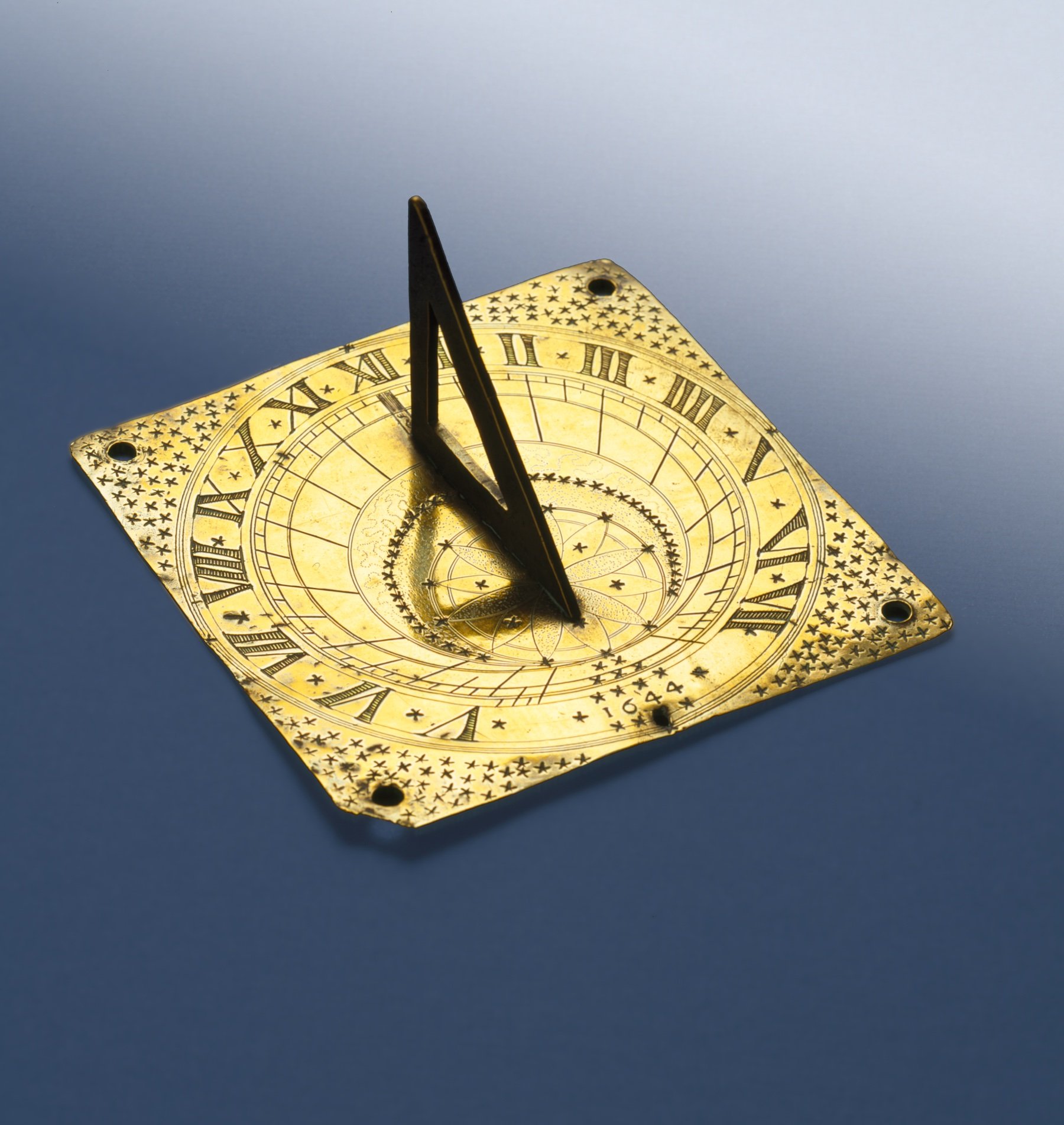
Brass sundial, dated 1644, owned by John Proctor. Courtesy of the Peabody Essex Museum, Salem.
Entering the exhibition, visitors are pitched headlong into the frenzy via a bevy of primary source documents relating to the trials and accusations (these documents, which belong to the Peabody Essex Library, can be explored online here). Conditions in the colony had been dire in the preceding months, one learns: extreme cold, a fuel shortage, a recent outbreak of smallpox, political instability, and skirmishes with local Native American tribes had all begat a population particularly receptive to scapegoating.
Among these documents are testimonials in defense of John and Elizabeth Proctor, a local landowner and his wife, who would both be convicted of witchcraft and sentenced to death (John would be executed, but Elizabeth, who was pregnant at the time, would be granted a stay and ultimately survive the trials). Playwright Arthur Miller immortalized the Proctors for modern audiences in The Crucible, but these sepia-toned documents are, frankly, even more riveting. One letter in defense of the Proctors was signed by 32 of their neighbors—a bold gesture, considering that many people, including John Proctor, were accused after coming to another’s defense. The letter in the end made no difference to the Proctors’ fate.
Instead, like many objects on view, it embodies community tensions and contradictions that played out in real time—in which the velocity of hearsay muffled more level-headed calls for calm. However, the documents also show how quickly a community can change; only ten years after the trials, courts declared them unjust; and by 1711, reparation payments were being made to the descendants of those hanged.
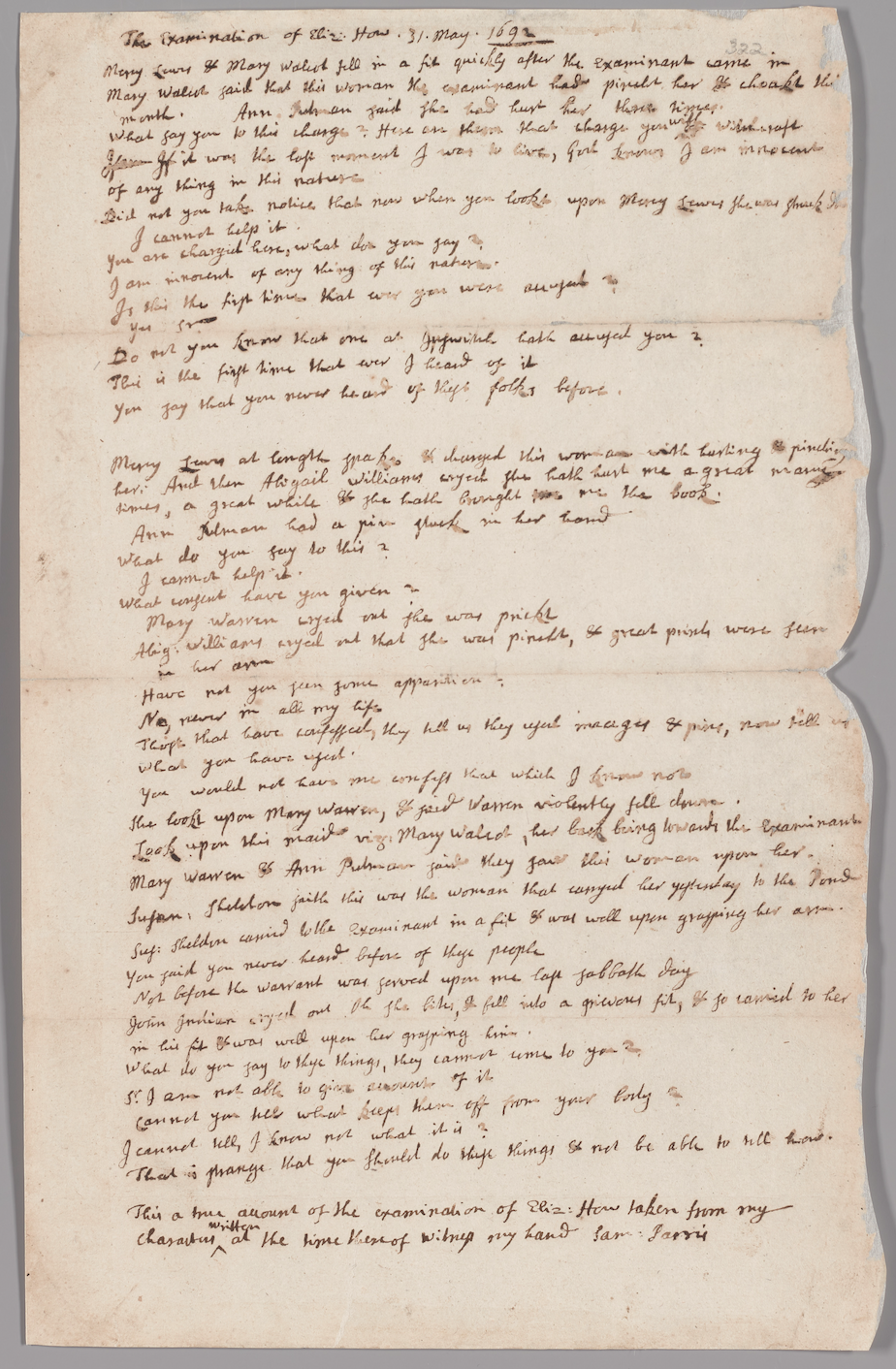
Examination of Elizabeth How, May 31, 1692, on deposit at the Peabody’s Phillips Library from the Massachusetts Supreme Judicial Court Archives. Photo © Peabody Essex Museum, Salem.
One fascinating section of the exhibition is devoted to Elizabeth How, one of the first women hanged for witchcraft in July 1692. How, it turns out, was also an ancestor of the late fashion designer Alexander McQueen (McQueen’s mother discovered the connection while exploring family genealogy). McQueen would name his 2007 Fall/Winter collection “In Memory of Elizabeth How, 1692.” The exhibition features one of these gowns, in which the Scottish designer has reappropriated traditional symbols of witchcraft and paganism, transforming them into something like sartorial amulets for women.
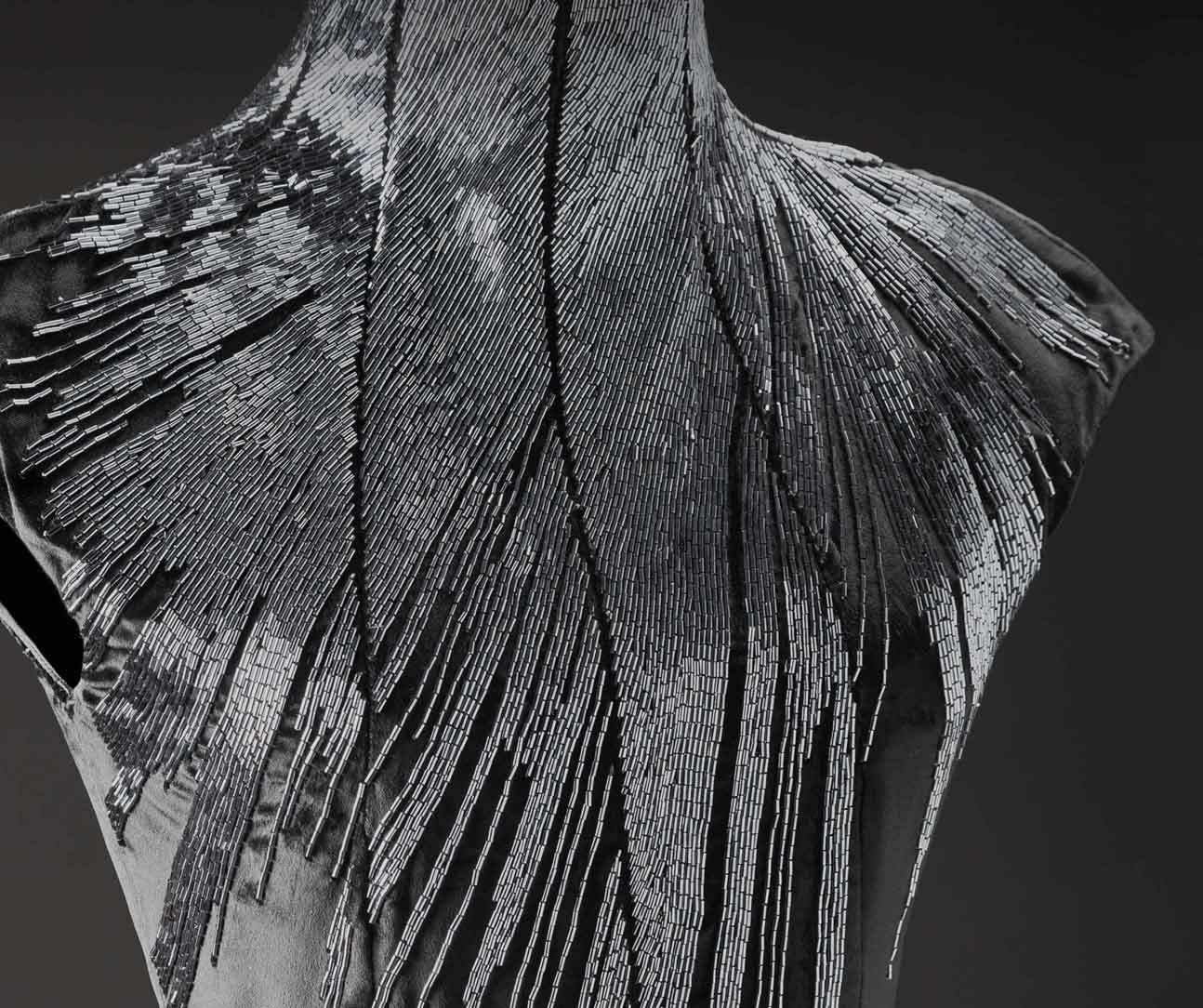
Alexander McQueen, evening dress from the “In Memory of Elizabeth How, Salem, 1692” collection, fall/winter 2007. Photo: Bob Packert, © Peabody Essex Museum, Salem.
(Also not to be missed: the museum is concurrently exhibiting an 18-piece collection inspired by the Salem witch trials made by Boston-based fashion designer Ashley Rose).
Though not as eye-catching as McQueen’s dazzling creations, the firsthand records relating to How’s trial give a bone-chilling sense of the danger and stakes. One document, titled “Examination of Elizabeth How, May 31, 1692” and written in a cryptic script, provides a transcription of the accusations made by Mercy Lewis, Mary Walcot, and Ann Putnam, including that How had choked, injured, and sickened people using witchcraft.
How’s responses are defiant and clear: “God knows I am innocent of any thing in this nature,” she says in one passage, later saying she doesn’t even know the women accusing her. “Have not you seen some apparition?” she is asked. “No, never in all my life,” she responds. “Those that have confessed, they tell us they used images & pins, now tell us what you have used,” they press, prodding her about witchcraft. “You would not have me confess that which I know not,” she retorts.
One of How’s accusers, Ann Putnam, would accuse some 62 people of witchcraft that year. Fascinatingly—and indicative of the contradictions of the time—the museum has on view a wooden tape loom belonging to Rebecca Putnam, a relative of Ann’s. Though the Putnam family were among the most active accusers, the loom itself bears folkloric carvings associated with magic and the occult.
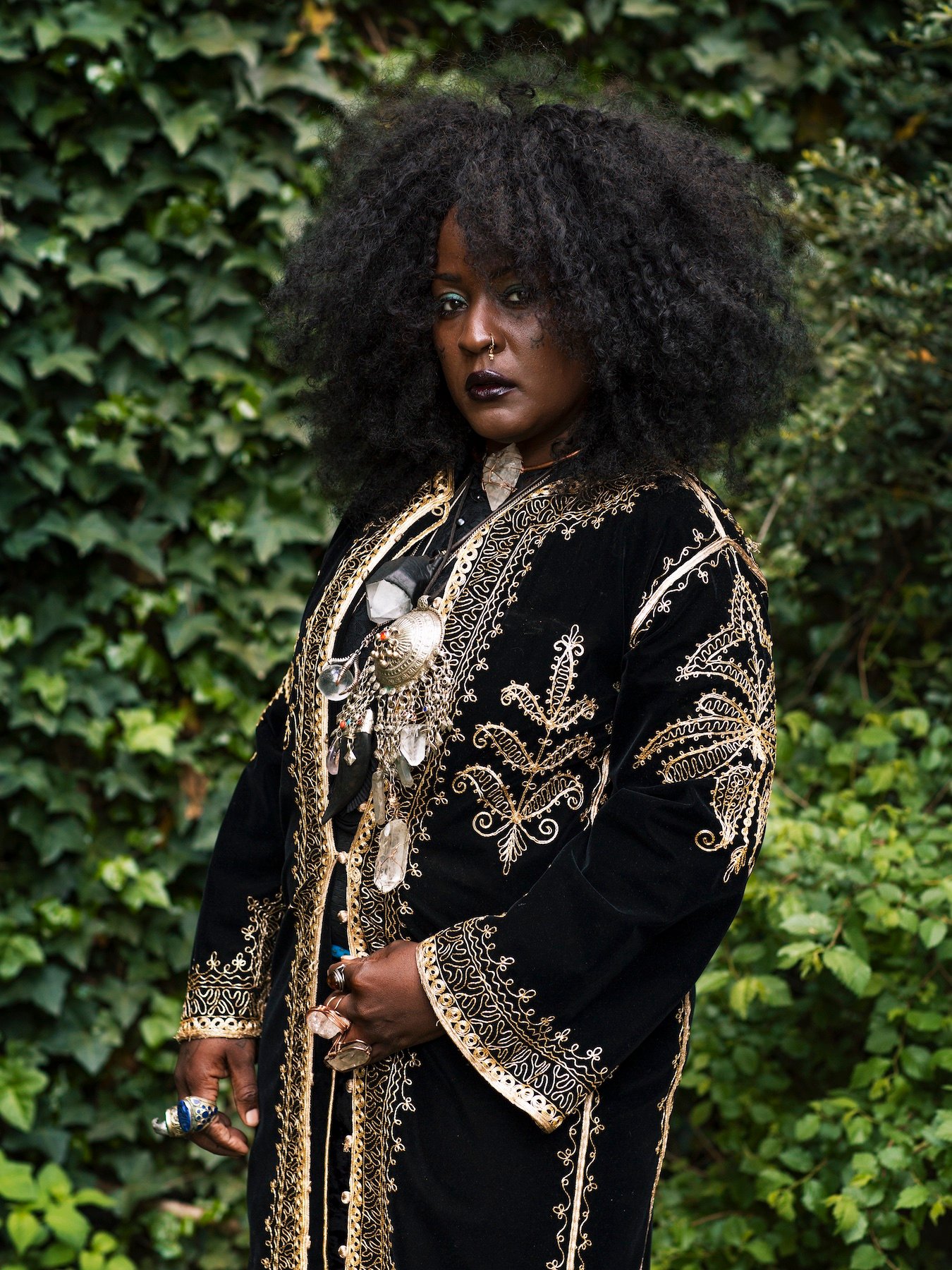
Frances F. Denny, Shine, New York, NY (2017) from “Major Arcana: Portraits of Witches in America.” Courtesy of the artist.
Bringing the exhibition into the contemporary moment is photographer Frances F. Denny’s “Major Arcana: Portraits of Witches in America,” a series of 13 portraits of women who identify as witches today. The complex women that Denny presents offer a spectrum of identities, and the portraits are accompanied by essays describing a range of practices. Denny is herself the descendant of both a victim of the trials and Samuel Sewall, a judge who stoked the public mania.
Dan Lipcan, co-curator of “The Salem Witch Trials,” sees the exhibition as a warning against a kind of panic-driven groupthink to which no era is immune. “This exhibition is timely because we continue to witness injustice today, and we can learn from the lessons of the Salem witch trials by being more tolerant, more forgiving, and more charitable,” he said. “People are still dehumanized because they do not conform to a Eurocentric, patriarchal, heteronormative ‘standard.’ In part, we wanted to celebrate the many ways of being in this world and show that there is truth and justice in allowing people to define themselves on their own terms.”
“The Salem Witch Trials: Reckoning and Reclaiming” is on view at the Peabody Essex Museum, 161 Essex Street, Salem, Massachusetts, September 18, 2021–March 20, 2022.